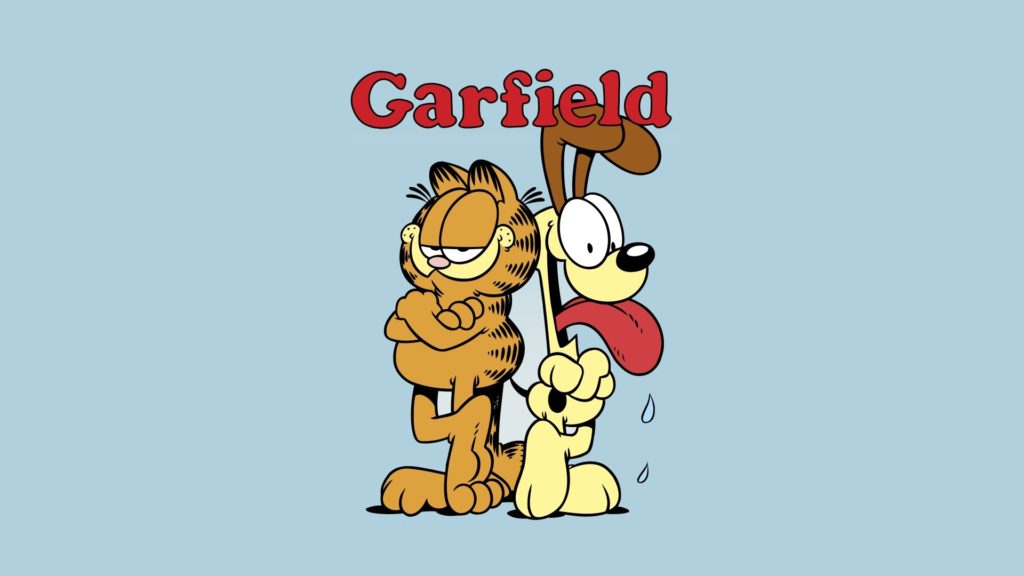Death is not something most comic books shy from: Superman dies in the hands of Doomsday, Black Widow is murdered by an evil version of Captain America, and so on and so forth. Basically, if it makes even just a tiny bit of narrative sense, the writers will kill off a character, no matter how popular they may be.
And while this is all well and good for mature comic books, it’s not really something you’d expect from lighter, more casual comic strips: heck, no one wants to read a Dilbert comic about their views on the afterlife, or a Marmaduke strip where the character put him down.
But that’s exactly what happened on October 23, 1989, when one of the most popular comic strips of all time, Garfield, dealt with the topic of death in what remains to be one of the most controversial comic strips in syndicated comics history.
Jim Davis came up with the concept of putting our favorite lasagna-loving, Monday-hatin’ lazy cat (and, by extension, his readers) face-to-face with one of the realities of death: the fear of being alone after the passing of a loved one.
Sounds heavy? Well, you’re not the only one: dubbed “No More Mondays” by the internet community, the 6-strip series of Garfield waking up to an empty home with the explicit connotation that Odie and Jon have either long since abandoned Garfield, or they’ve long since passed away.
It was supposed to be creator Jim Davis’ attempt at tackling a more serious issue using Garfield, but 30 years onward it begs the question: did Garfield actually die and we’re now witnessing some kind of extended life-flashing-before-his-eyes moment?
No More Mondays? October 23-28, 1989






The Last Garfield Comic?
When the first few strips came out, many long-time Garfield fans were confused: is Jim Davis gearing up towards a finale where our favorite feline is just…dead? Has Garfield been relegated to the past tense before he could have one last lasagna?
The comics start with Garfield waking up to an empty household. No Odie to annoy him, no Jon for him to annoy. As he goes around his house, he realizes that his home has long since been abandoned and that he himself is living in some kind of purgatory, caught between life and death. Garfield reaches a mental breaking point and in one panel, he denies this reality and finally vocalizes his fear: he doesn’t want to be alone.

The strip ends with Garfield “waking up” and realizing that the entire experience was all in his imagination. Or was it?
Many fans of the comic point to the penultimate panel of the series, where the narrator states that Garfield’s only weapon against the horrifying vision of the future was denial. After this realization, the comic switches back to ‘normal’ reality, but fans theorize that Garfield’s denial of reality is so strong that every comic beyond October 28, 1989, are, in fact, wild hallucinations of a cat close to death, driven mad by isolation, starvation, and of course, loneliness.
Dark and disturbing? For us, sure, but apparently, when confronted with this fan theory in a panel, Jim Davis ‘laughed loudly’ and found the idea hilarious.
Did Jim Davis Mean It to be The Last Garfield Comic?
In Garfield’s Twentieth Anniversary collection, Jim Davis talks about the idea behind the strips, where he says:“During a writing session for Halloween week, I got the idea for this decidedly different series of strips. I wanted to scare people. And what do people fear most? Why, being alone. We carried out the concept to its logical conclusion and got a lot of responses from readers.”

Judging by this explanation, this particular run of Garfield was meant to be a commentary on a common, human fear, and while it was dark and gritty in execution, it ended with a beautiful reunion between Garfield and his family. This series wasn’t meant to create a whole internet sub-culture dedicated to expanding on Garfield’s death (and, sometimes, resurrection as a Cthulhu-like cosmic deity).
The 1989 series spawned thousands of ‘the last Garfield comic’ memes (googling those keywords will lead you to meme sites thanks to their killer meta descriptions and SEO), where people draw up their darker, often more disturbing, versions of our favorite tabby’s demise. None of these, of course, are canon: originally released in 1976 as Jon for the Pendleton Times, with United Feature Syndicate distributing it nationally as Garfield in 1978, the comic strip is now syndicated in over 2,500 newspapers and journals both in the country and around the world.
It holds the Guinness World Record for the Most Widely Syndicated Comic Strip of all time and has been running continuously for over 40 years. At no point after the 1989 series, however, has there been any indication from Jim Davis that Garfield is dead and that everything that has happened since has all been a hallucination.
Of course, he hasn’t actually denied it either; Jim Davis does not keep secret his commercial motivations for the creation of Garfield, and if a conspiracy theory about his comics continues to fuel the more-than-40-year run of it, then why would you try to stop it? It’s basically really good market research for the comic book syndicators, wherein they add ‘being turned into a meme on Reddit’ becomes a key performance index for future comics.
So, Is Garfield Dead or Alive?

Canonically, yes, Garfield is still alive. The events of the October 1989 comic strips were meant to be a bottle episode, a rumination on human frailties. The fact that it spawned an entire sub-culture on the web dedicated to making memes, graphics, even online classes that discuss those 6 strips, about the conspiracy theory of Garfield’s death only furthers its position as a pop-culture staple. Not to mention furthering interest in a 40-year old comic.

